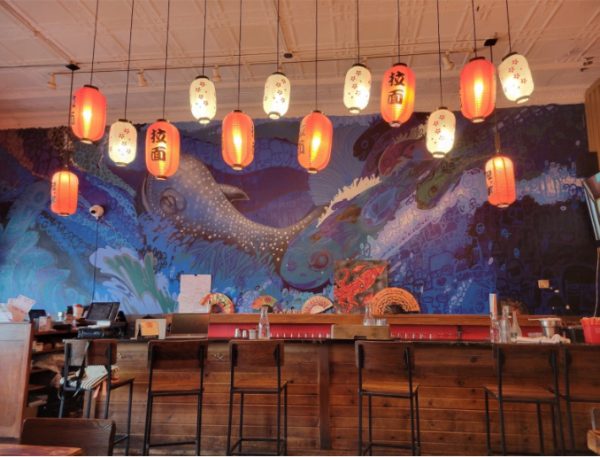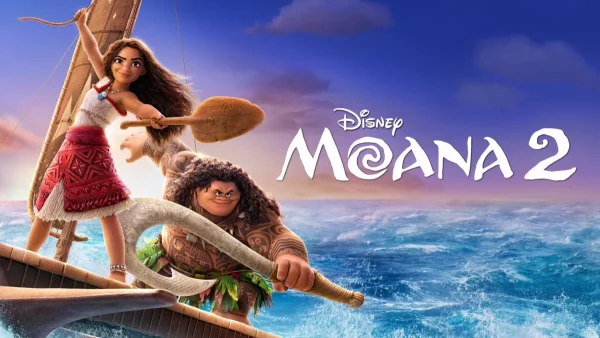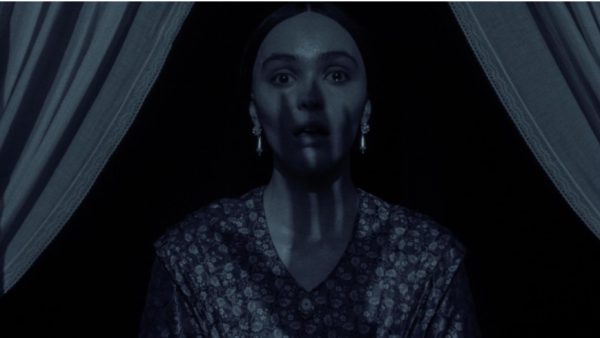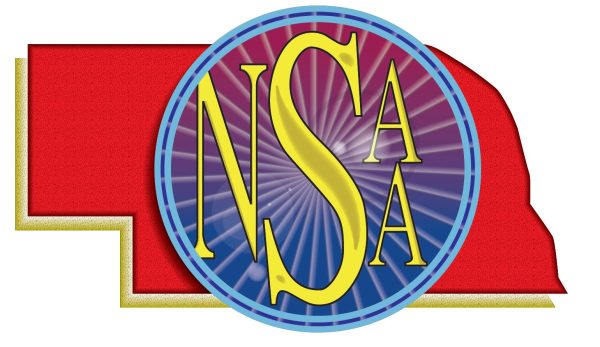Film Review – Wes Anderson’s The Grand Budapest Hotel
Despite The Grand Budapest Hotel containing the most violence, expletives, and bare breasts/buttocks of persons over 70-years-old in a Wes Anderson film, Anderson’s attention to detail is as, if not more, meticulous than ever.
Whereas my gripe with Anderson’s previous film Moonrise Kingdom was that it dug too deeply into his niches and in turn made them kitsch, The Grand Budapest Hotel sees Anderson honing his signature centered shots, witty, if at sometimes ridiculous dialogue, and reoccurring cast of actors (Billy Murray, Owen Wilson, etc.) into one beautifully woven story, without shoving his style violently down your throat.
But The Grand Budapest Hotel not only shows Anderson expanding his style, but maturing and growing as a filmmaker too, even if it means abandoning some of his signature quirks. For example, this is the first Anderson film where the only music featured in the film is from the original score (by Alexandre Desplat), so gone are the Kinks and Rolling Stones songs we’ve come to associate hand-in-hand with Anderson’s films.
Two newcomers to Anderson’s films, Ralph Fiennes and Tony Revolori, serve as the leads in one of the film’s three intersecting timelines. Fiennes as the brash, yet suave ladykiller M. Gustave, and Revolori as the younger version of his pupil and lobby boy Zero Moustafa (the older version played by F. Murray Abraham). And they both do a miraculous job, seamlessly showcasing their talent and quietly and comfortably weaving it in with Anderson’s style and familiar faces. (And third newcomer Saoirse Ronan is as courageous and beautiful as ever).
As far as stand outs, though, Adrien Brody as the sinful, sneering Dmitri Desgoffe-und-Taxis shows him at his most playful and enjoyable to watch since his brief cameo as Salvador Dali in Midnight in Paris. It’s as if his roles as Flirty Harry in inAPPropriate Comedy and the drug dealer Psycho Ed in High School have opened up another portal for him to play quirky, foul-mouthed characters as opposed the more serious ones which brought him to prominence (e.g. Holocaust survivor Władysław Szpilman in The Pianist). It’s almost the opposite career trajectory of Matthew McConaughey.
But getting back to Anderson’s honing of his styles. While this film contains the centeredness, etc. I mentioned earlier, that’s only the start of it. For one, Anderson decided to shoot the the film’s three timelines each in their own respective aspect ratio, 1.33, 1.85, and 2.35:1. But while that may only get aspect ratio enthusiasts hot, Anderson also shot many of the film’s large exteriors, including the funicular railway, and the hotel itself, as miniatures, employing his crew to build intricately detailed models that could fool the inattentive eye.
And even Anderson’s cinematographer Robert Yeoman (who has worked on all of Anderson’s films but Fantastic Mr. Fox) may have created his most beautiful shot within The Grand Budapest Hotel, in which Willem Dafoe’s character J.G. Jopling stands in the alleyway outside the house of a woman at night, the snow falling ever so gently, and landing lightly upon his tough leather coat and army-cut hair. The lighting in this scene is absolutely phenomenal, so much so that that snowflakes appear to be fearful at the prospect of landing on Jopling’s menacing shoulders, being the ruthless scoundrel that he is.
With the whole premise of the film being a played-out recounting of the anecdotes from an older Moustafa as told to a young, unnamed author (played by Jude Law), from the subsequent memoir the author writes, or merely translates from Moustafa’s stories, it makes you wonder if Anderson has ever had an intense and insightful conversation over dinner with an old, wise soul, and subsequently collected their anecdotes, and possibly changing them a little, into any of the protagonists from his previous films.
7/10
Your donation will support the student journalists of Omaha Westside High School. Your contribution will allow us to purchase equipment and cover our annual website hosting costs.






